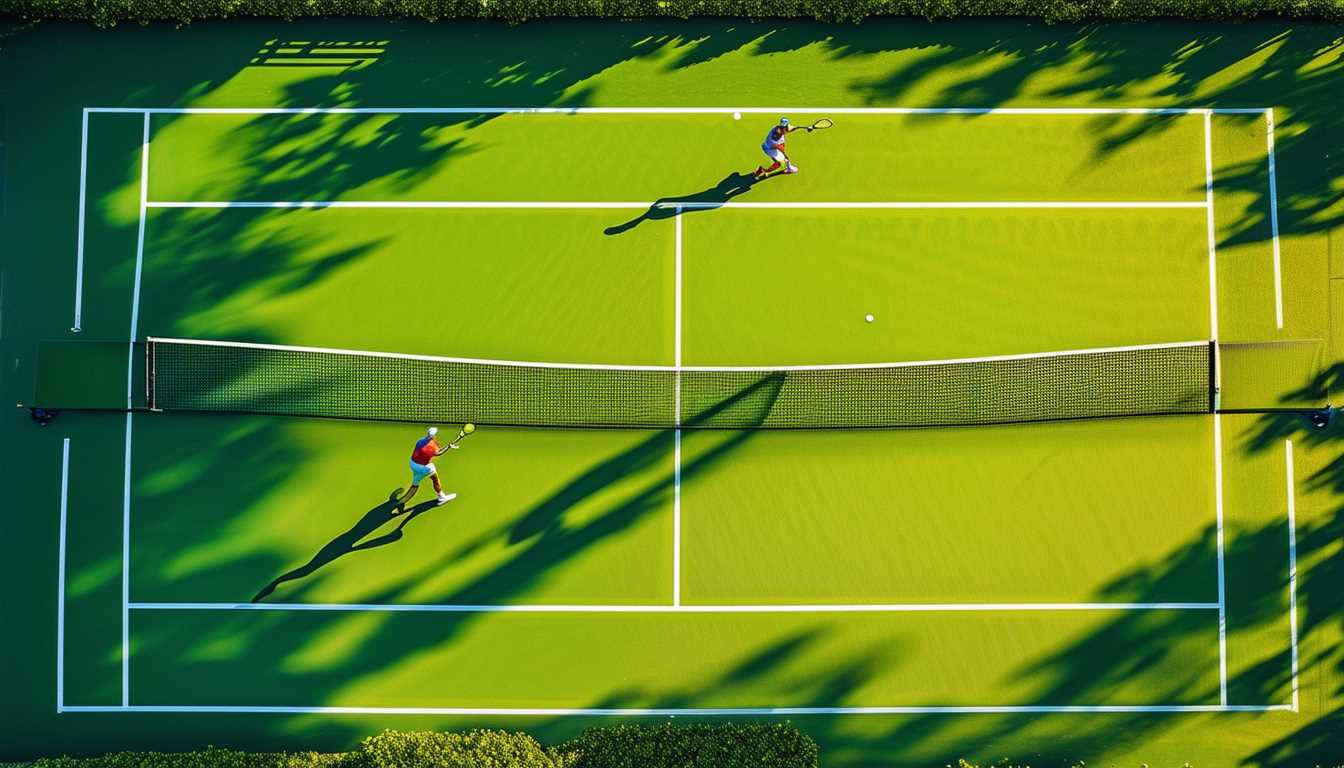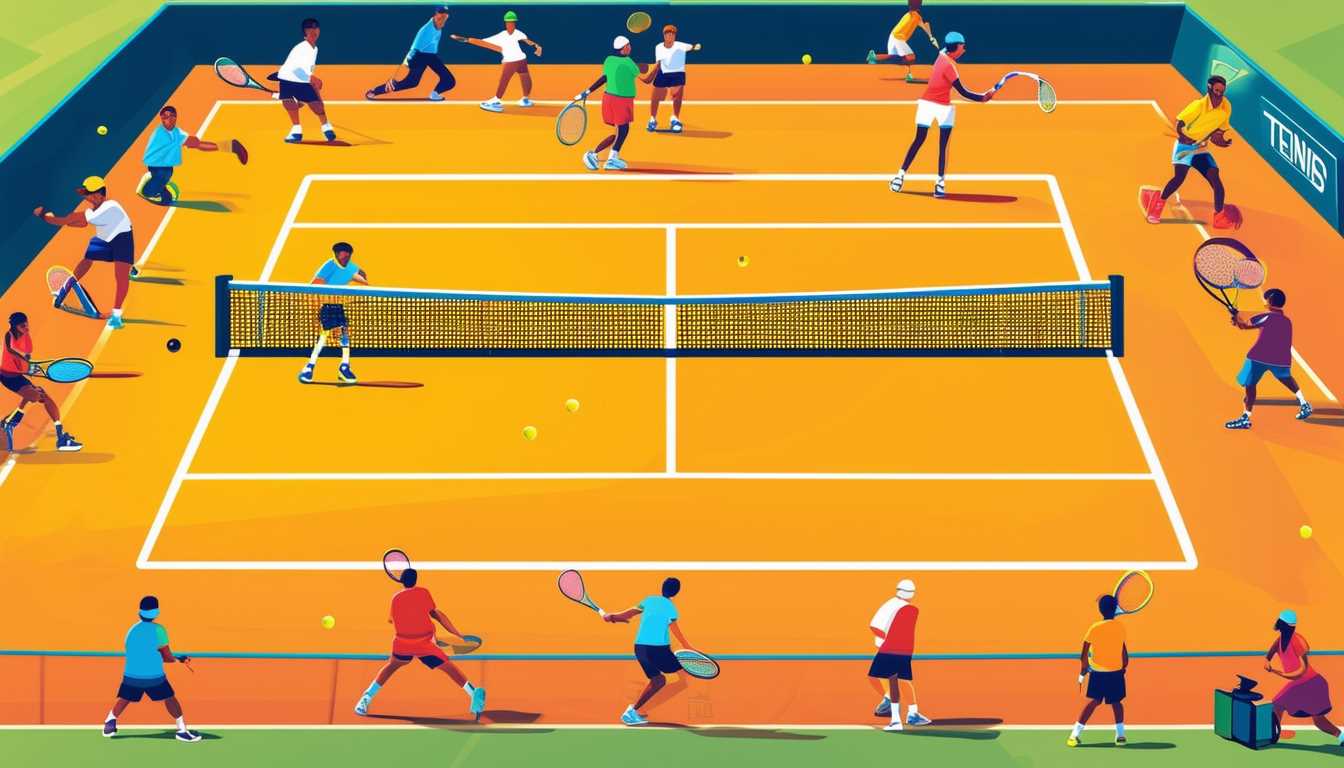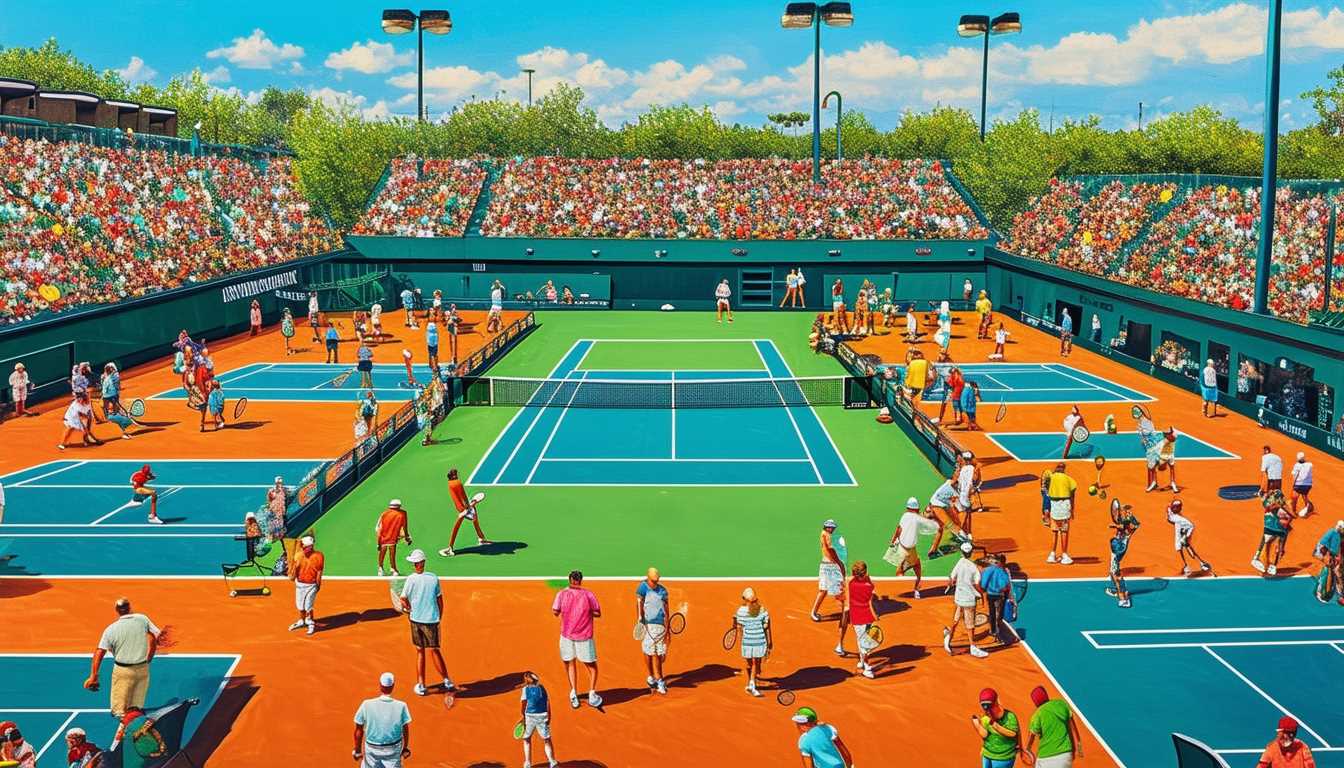When Tennis Players Switch Sides During A Match

When tennis players switch sides during a match, it might seem like just a simple break in the action. But there’s more to it than that. This rule is all about fairness and making sure no player has an unfair advantage because of things like the sun’s glare or the wind.
It’s interesting to think about how this can actually change the game. By understanding why players switch sides and how it affects the match, we get a deeper look into the strategy and history behind this part of tennis.
So, let’s dive into how this seemingly small detail plays a big role in the game and why it matters.
The Basic Rules
In tennis, the rule for changing sides is clear and straightforward, aimed at keeping the game fair and flowing. Players switch ends of the court after every odd-numbered game within a set, specifically after the first and third games, and so on. Additionally, at the end of every set, players change sides unless the total number of games played in that set is even. If it’s even, they wait until after the next odd game to switch. This rule helps balance out any environmental factors, like wind or sunlight, making sure both players face the same challenges throughout the match. It’s a crucial part of maintaining the game’s integrity, ensuring everyone competes under equal conditions.
Let me give you an example to illustrate this better. Imagine a match where one side of the court faces direct sunlight, making it difficult for the player on that side to see. By switching sides regularly, both players will have to deal with the sunlight for an equal amount of time, keeping the competition fair.
This approach to switching sides isn’t just about fairness; it also adds a strategic element to the game. Players need to adapt their strategies based on the side of the court they’re playing on, which adds another layer of skill to the game.
In essence, tennis’s side-switching rule is a testament to the sport’s commitment to fairness and competitive integrity. It ensures that all players have an equal chance to showcase their skills, regardless of external conditions.
Impact on Player Performance
Switching sides in a tennis match does more than just give players a moment to catch their breath. It’s a crucial part of the game that deeply affects how players perform. At its core, this rule ensures fairness by preventing any player from having a constant advantage due to the court’s side. But it goes beyond that. When players switch sides, they get a chance to rethink their strategies and make necessary adjustments based on how the match is unfolding. This is their moment to mentally reset and prepare for what’s next.
This break in play can also interrupt an opponent’s winning streak, offering a strategic advantage. It’s a bit like hitting the pause button when you see someone is on a roll, giving the other player a chance to regroup and come back stronger. Furthermore, although coaches can’t come onto the court, this time allows for some distant communication. A player might catch a crucial piece of advice or a supportive gesture, boosting their morale and sharpening their focus.
Imagine a scenario where one player has been exploiting a weakness in their opponent’s game from one side of the court. The switch can force a new perspective, pushing both players to adapt. It’s this adaptability and resilience that can turn the tide of a match.
Environmental Factors
Wind and sunlight play a crucial role in tennis, affecting how players approach the game. For example, wind can change how the tennis ball moves, making it tricky for players to serve or return shots. This means players need to be quick to adjust their strategies depending on the wind’s direction and strength. A player who can adapt quickly may have an advantage over their opponent.
Sunlight is another factor that influences the game. Depending on the time of day, one side of the court might be sunnier than the other. This can make it hard for players to see the ball clearly, forcing them to adapt their play style when they switch sides. Being able to quickly adjust to these changes in light can make a big difference in a player’s performance.
Understanding and adapting to these environmental conditions is as important as being physically fit and technically skilled in tennis. Players who excel in these areas often have a better chance of winning. For example, practicing in various weather conditions can help players become more adaptable. Additionally, wearing sunglasses or using visors can help manage the glare from the sun, ensuring better visibility.
In essence, tennis is not just about physical and technical prowess. Players also need to master the art of adapting to environmental factors like wind and sunlight. Those who can quickly adjust their strategies to accommodate these changes are often the ones who come out on top.
Historical Background
Understanding the history of tennis gives us a clearer picture of how players have adapted to challenges like weather and lighting over the years. The game started in France during the 12th century and has undergone significant changes since then. One major change was introducing the rule that players switch sides during a match. This was done to ensure no player had a continuous disadvantage due to the sun’s glare or the wind’s direction, which could unfairly affect the outcome of a game.
The introduction of side-switching was a pivotal moment in tennis history. It showed a commitment to fairness, acknowledging that external conditions could influence a match’s result. This decision to incorporate side-switching into the rules highlights how tennis has evolved to become a fairer and more equitable sport. It’s a great example of how the sport has adapted to ensure that players compete under the best possible conditions.
This evolution in the rules is a direct response to the challenges posed by environmental factors. It’s interesting to note how these changes have become a fundamental part of the game, showing the sport’s ability to adapt and grow over time. For anyone interested in tennis, understanding these historical developments can enrich our appreciation of the game. It’s fascinating to see how strategies and rules have been shaped by the need to address environmental disparities, ensuring the game’s integrity remains intact.
Strategy and Fairness
Switching sides in tennis is a strategic rule that keeps the game fair. It makes sure no player has an advantage for too long because of things like the direction of the sun or the wind. These environmental factors can really affect how the game is played. By having players switch sides regularly, tennis makes sure that both players face the same challenges, making the game more about skill than luck.
Think about it this way: if one player is always facing the sun, it’s harder for them to see the ball. But if they switch sides, both players have to deal with the sun at some point. This means they need to be good at playing under different conditions. It adds an extra layer of strategy because players have to think on their feet and adjust their game plan based on the new side they’re playing from.
This rule is not just about dealing with the sun or wind. It’s about fairness. It prevents the game from being decided by things outside the players’ control. Imagine a close match where one player loses just because they had the sun in their eyes during a crucial point. Switching sides helps avoid situations like that, keeping the focus on the players’ skills and strategies.
It’s also worth mentioning how this affects the mental game. Players need to be mentally tough and adaptable. Knowing that they’ll face different conditions throughout the match, they have to stay focused and ready to change their approach. This mental resilience is what separates good players from great ones.
Conclusion
Tennis players switching sides during a match is all about keeping things fair and adding a bit of strategy. The idea is that both players get the same chance to play from all sides of the court. This is important because things like wind and sun can affect how well a player performs.
This rule has been around for a long time to make sure no one has an unfair advantage. When we look at why this rule matters, we see it’s crucial for keeping the game honest and competitive. It’s all about making sure tennis stays a fair and exciting sport for everyone involved.






